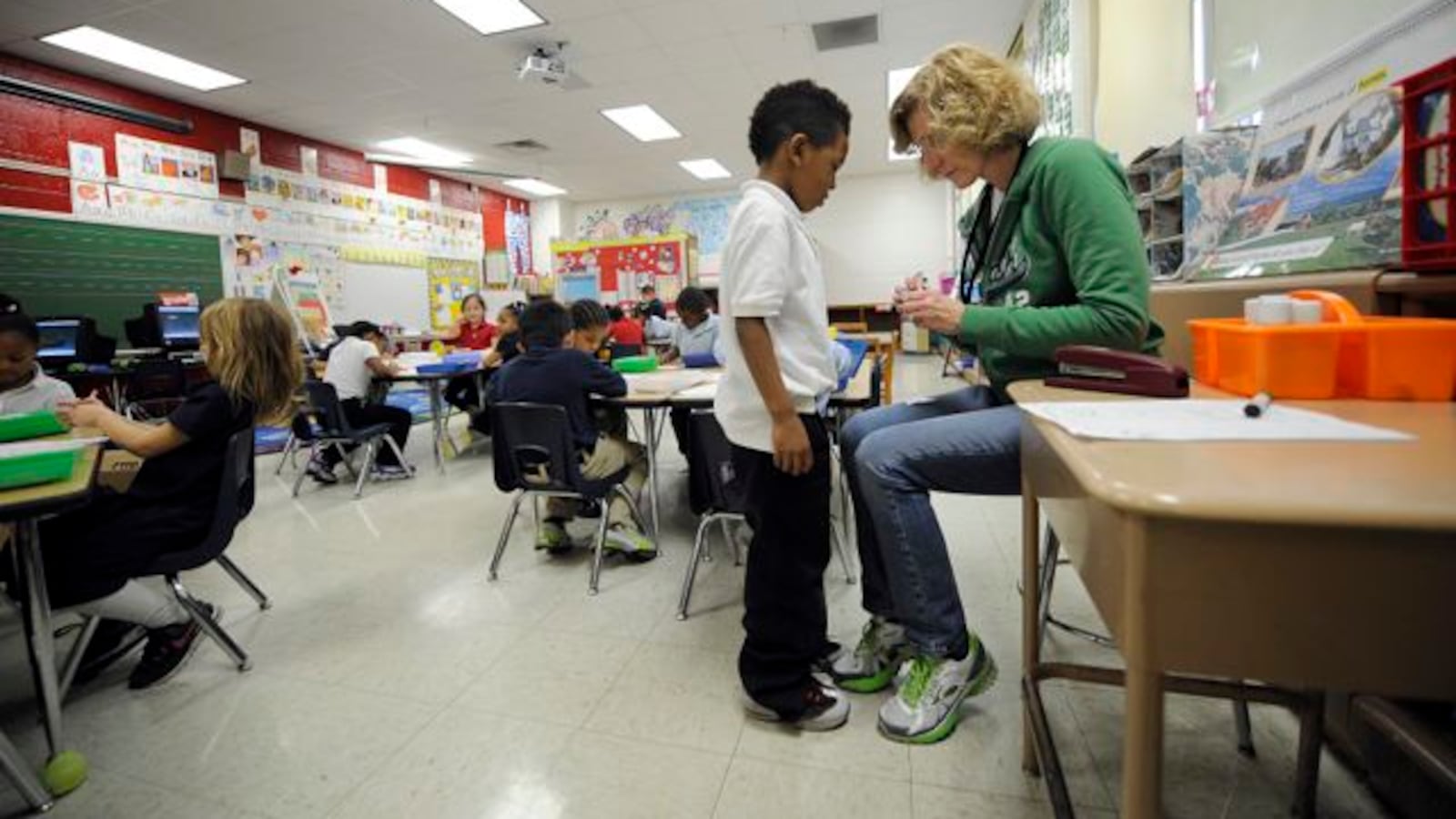New data released Tuesday show that New York City is still struggling to provide required services to many of its students with disabilities.
About 30 percent of students had to wait longer than the two months allowed under law to be assessed for education plans that outline the services the city is required to provide them, according to data from last school year. Meanwhile, 41 percent of students were offered only partial services required on those plans — or no services at all.
Tuesday’s report is only the second time the city has released comprehensive statistics on how well the city is serving its roughly 212,000 students with special needs. Advocates and legislators had long complained that the city withheld crucial information about this population, a group that by itself would be roughly the seventh largest school system in the country.
With some exceptions, numbers from the new report show a relatively static trend in how well the city is serving students with disabilities compared with the 2014-15 school year.
Just 59 percent of students received the full range of services required on their individualized education programs, or IEPs, compared with 60 percent the previous school year. And 33 percent, or roughly 58,000 students, received only partial services — down from 35 percent.
The number of students who received no services, despite being recommended for them, rose from 5 to 8 percent, or almost 14,000 students.
“That’s really disheartening,” said Maggie Moroff, a special education policy expert at Advocates for Children. “But I think it’s also a big wake-up call. The fact that they’re doing the reporting and that it’s public and people are looking at it is a good thing.”
By law, the city has to hold IEP meetings within 60 days of a parent giving consent; they are used to develop a student’s annual goals and supports. This past school year, 71 percent of students got their IEPs within the legally required timeframe, compared with 69.5 percent during 2014-15.
“While we continue to make progress in improving our special education processes and systems,” wrote education department spokeswoman Toya Holness, “we have a lot more work to do to reach our goal of ensuring all students are receiving the supports they need.”
But, as in the past, the city issued a warning about its own statistics. Due to major flaws with the city’s special education tracking system, which has sparked litigation, officials warned the data may not be completely reliable.
“We are aggressively working to address the data concerns that presented challenges in last year’s and this year’s reports, and for the current (2016-17) school year,” Holness wrote in an email.
The city pointed to other bright spots: The number of students receiving related services such as speech and occupational therapies increased to 94.8 percent, according to the city. And graduation rates for students with disabilities has increased roughly 10 percent since 2011-12 to 41.1 percent.
“We’ve seen important progress and I’m encouraged by the preliminary information we’re seeing,” DOE Deputy Chancellor Corinne Rello-Anselmi, said in a statement. “We’ll continue to work tirelessly to ensure the data collection is accurate and expand programs and provide schools with the resources they need to provide a high-quality education for all students with disabilities.”

